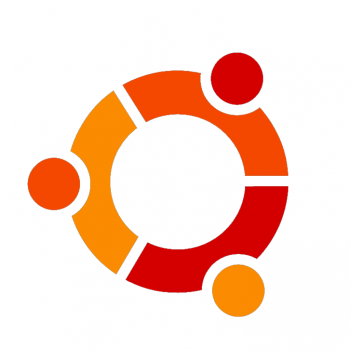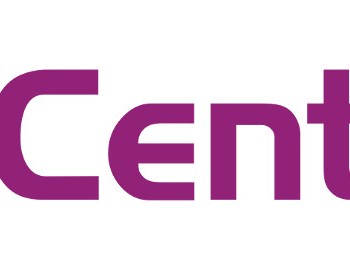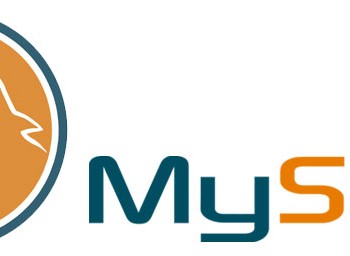
Posted in:
Securing SSH Server – sshd_config
Secure Shell (SSH) is a cryptographic network protocol for secure data communication. SSH is widely used on linux machines for console access and remote management. It is a server – client oriented network protocol which enables a secure communication between two network computers. The port on which SSH Server runs by default is 22. If […]






